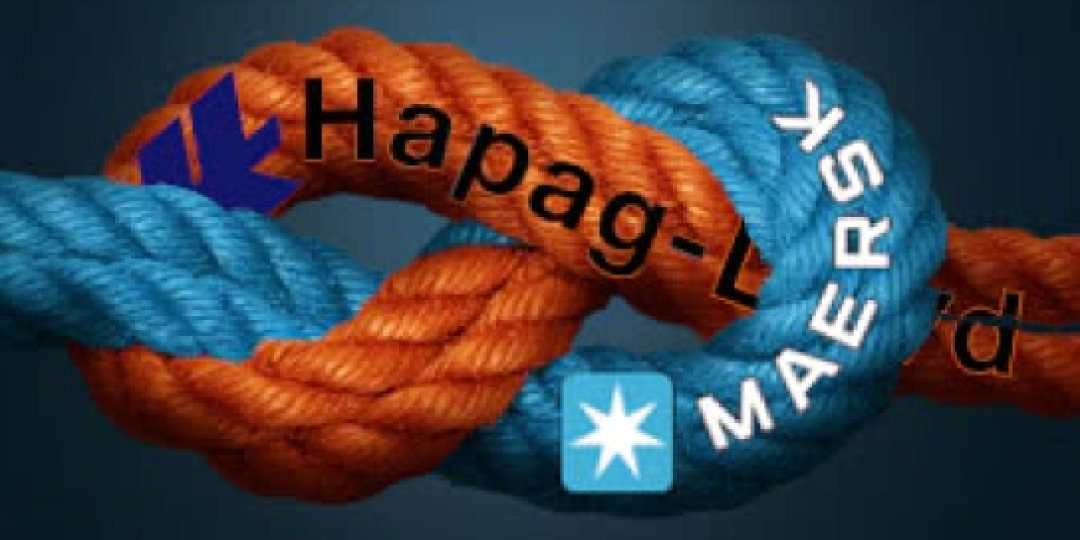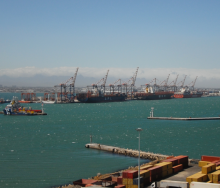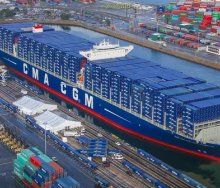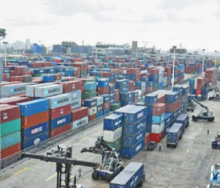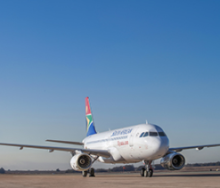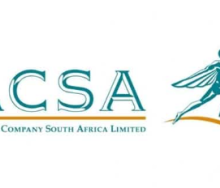Ahead of the launch on February 1 next year of the Hapag-Lloyd/Maersk Gemini Cooperation alliance, Maersk has confirmed that they have opted for a Cape of Good Hope routing.
The carriers have cited continued safety concerns in the Red Sea for their decision.
“The safety of our crews is always a top priority and guiding principle. We will return to a trans-Suez network when it is safe to do so.”
Gemini Cooperation’s ambition is to deliver industry-leading schedule reliability of above 90% once fully phased in, ensuring efficient and flexible services across the east-west trades, according to a joint statement.
The Cape of Good Hope network will include 29 mainliner services supported by 28 intra-regional shuttle services and will be operated by a fleet of around 340 vessels with a total capacity of 3.7 million TEUs.
In terms of pricing, Maersk has reassured customers that the partnership and new network does not aim to increase costs. “We will continue to set prices independently, at competitive levels, in line with the value our products and services provide to our customers.”
The carriers have also given the assurance that the transition to a new network is being carefully planned. “We will endeavour to make it as simple and smooth as possible for our customers.”
They believe their asset bases in vessels and terminals are complementary and give them the right scale to meet their customers’ needs, with the space for growth.
“We are also aligned on sustainability and share a commitment to reach net-zero greenhouse gas emissions by 2040 for Maersk and 2045 for Hapag-Lloyd.”
